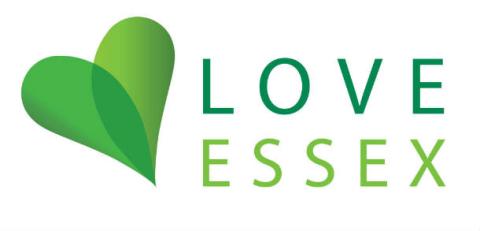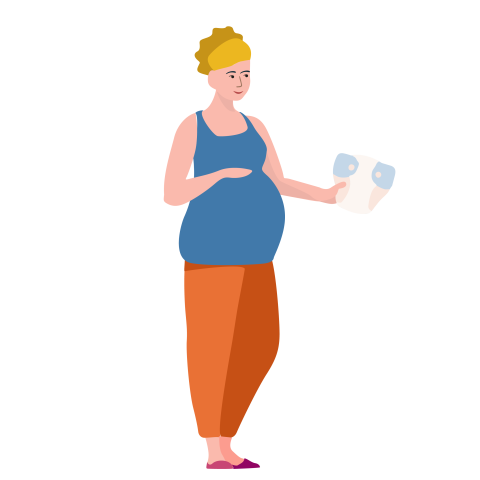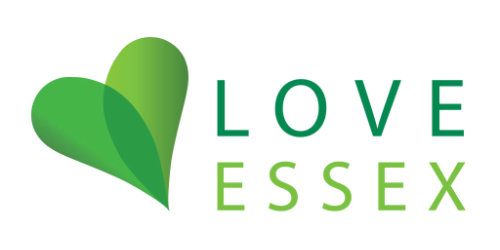Cloth nappies are made of natural, comfortable materials such as cotton and bamboo. These are soft and gentle on your baby's skin, compared to disposables which are made of super-absorbent chemicals, paper pulp and plastic.
Cloth nappies

Top 3 reasons for you to try cloth nappies
1. Better for your baby
2. Better for your wallet
On average, each baby will use between 4,000 and 6,000 disposable nappies before they are potty trained. This is compared to just 25 cloth nappies. By making the switch, you could save £1,000 per child. If you have more than one child, you can use the cloth nappies again and again.
3. Better for the planet
In the UK around 8 million disposable nappies are thrown away to landfill each day! As these nappies break down over hundreds of years they will produce methane gas (a strong greenhouse gas) which contributes to global warming. On the other hand, cloth nappies can be used again and again. At the end of their useful life, they can then be recycled at a textile recycling bank.
Cleaning cloth nappies
General use of cloth nappies
A liner placed inside the nappy will catch the solid waste. Tip the waste down the toilet and throw the soiled liner in your bin. The wet nappy can be stored dry in a lidded bucket or in a wet bag. Simply pop them in the washing machine when you have a full load ready.
Washing
When it comes to caring for your nappies it’s always a good idea to check the label for washing instructions as this may vary between nappies.
Cloth nappies can be washed at 40 degrees although babies under three months old and babies which have been unwell should have nappies washed at 60 degrees.
Many manufacturers recommend using a non-biological washing powder rather than liquid or gel detergents as powder dissolves quicker and rinses better than liquid. Use about half the normal amount of washing powder as too much will clog the fabric and your nappies will be less absorbent. It’s better not to use fabric conditioner as this coats the fabric and will gradually reduce the absorbency of the nappy.
Drying
Drying your nappies on a washing line is the best option as natural sunlight will deodorise, sanitise and naturally bleach them. When that’s not possible you can also place nappies in an airing cupboard, use the tumble dryer on a low heat setting or place them near radiators.


Wet wipes
Cloth wipes for children are a great alternative to single-use wet wipes. The natural materials are more absorbent and supersoft on your baby's skin or for wiping sticky fingers.
If you usually take a pack of wet wipes with you when you’re out and about, particularly if you’ve got young children, you can still make the switch to reusables! Simply dampen the cloth wipes and pop them in a small bag or container to keep them moist. They’ll then be ready to use whenever you need them.
Where to find more information and support
Nappy libraries provide both online and face-to-face support. They give parents the opportunity to trial a variety of cloth nappy styles and brands before investing in the option that works for them. Run by volunteers, nappy libraries are a great place to go for advice and to chat with other parents who are using cloth nappies.
Join a Facebook group near you:
- Chelmsford cloth nappy library
- East Essex nappy library with branches in Maldon, Burnham, South Woodham Ferrers, Colchester, Clacton, Wivenhoe and Tendring
- Epping Forest cloth nappy library
- Bishop Stortford NCT cloth nappy library


Sign up to our newsletter
Get FREE advice and the latest information on recycling and waste in Essex, every month.


